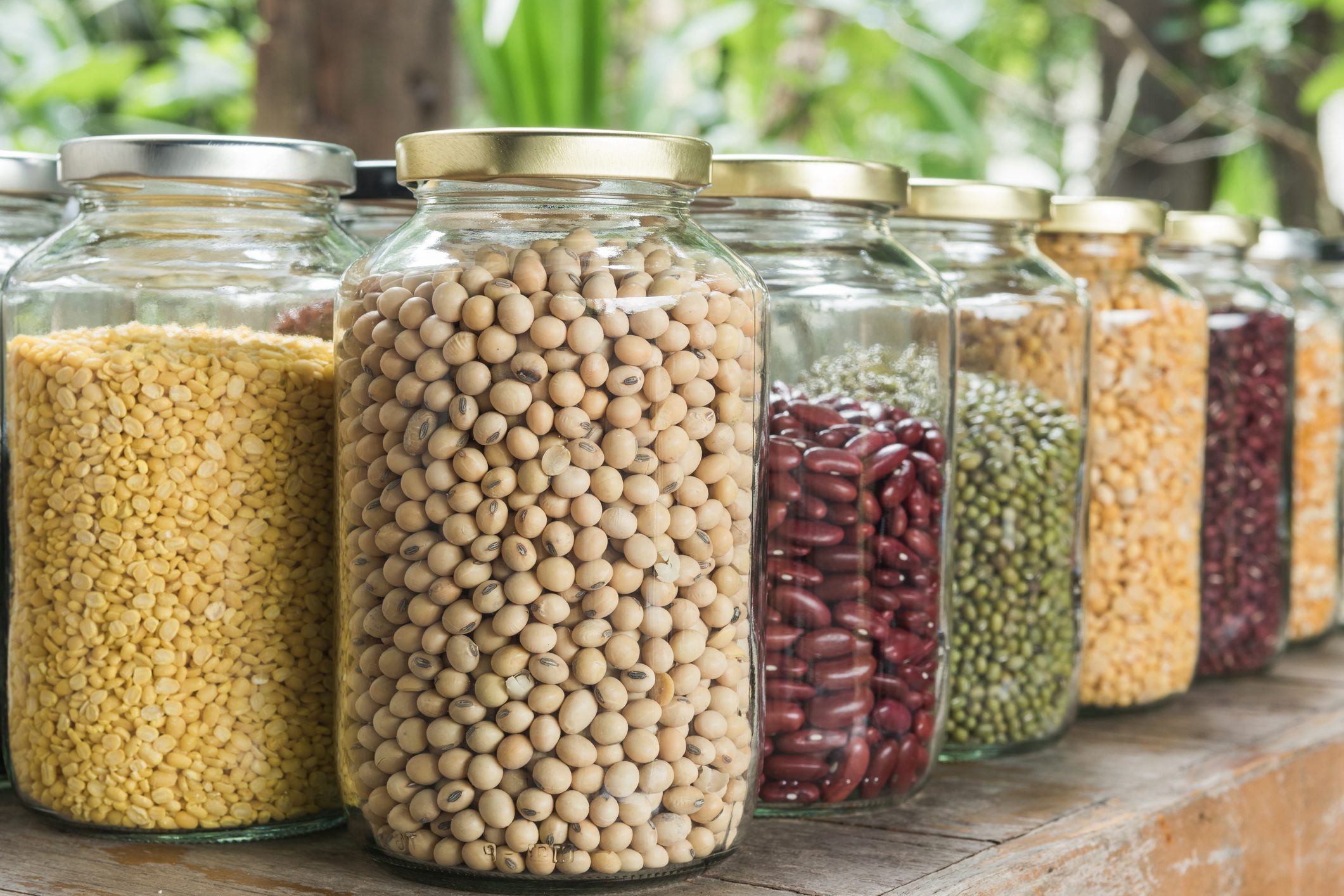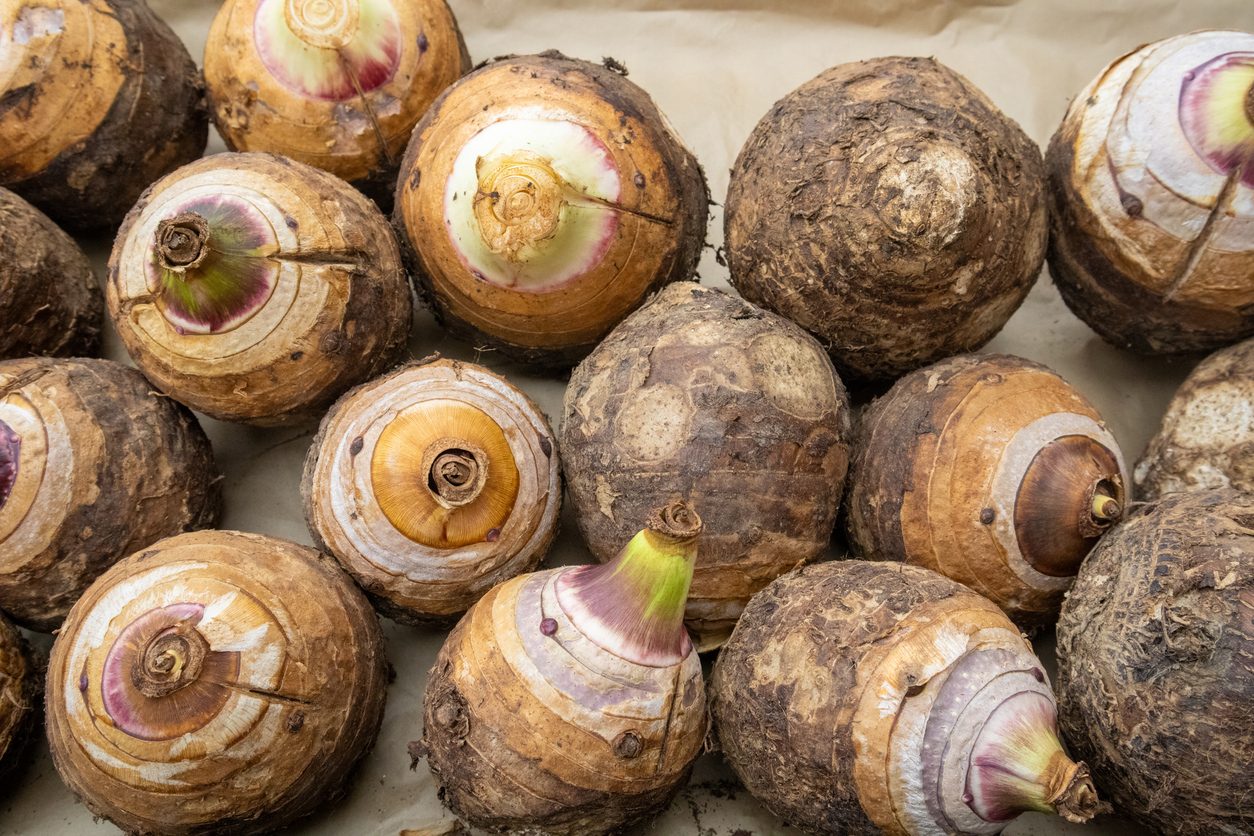Everything You Need To Know Before Stocking Up On Dried Legumes
Dried legumes make up 25% of farmed plants in the world however they are often overlooked. In this article, we share information on how best to cook and handle them so be sure to read till the end.
;)
Dried legumes are beans, peas, lentils, and peanuts that grow in pods. They can be eaten fresh but most of the time are dried for storage and convenience. They are famously used in soups, stews, as side dishes, or in salads. They can be rehydrated by cooking in liquids.
Dried legumes are highly nutritious. They contain large stores of protein, iron, potassium, magnesium, and vitamin B while being low in fats and calories. This makes them a cheap but important source of protein that is consumed everywhere in the world.
Getting Dried Legumes ready for Cooking
First comes the rinse. Dried legumes need to be thoroughly rinsed and sorted before cooking. The sorting gets rid of any rotten ones. Peas and lentils can be simmered from a dry state in liquid to make them tender while beans can be soaked in water to reduce the cooking time. Unfortunately, this leads to a loss in flavor, most of which seep out into the water that is poured away.

Using Pressure Cookers to Prepare Legumes
Pressure cookers can reduce the cooking time of legumes. Depending on what sort of legume it is, the pressure cooker can cook it from a dry state in less than an hour. It is advised that you not pre soak the beans if you are going to use a pressure cooker. For 1 lb./450 g of beans, you may add 2 qt./2 liters of liquid along with 1/2 lb./450 g aromatics of onion, celery, carrots and garlic. You can add a sachet of bay leaf, thyme, and peppers for seasoning. Cook on 15 psi pressure.
Salting Beans

Adding salt to beans slows the cooking process but it helps the beans hold their shape. It is more advisable to salt the soaking liquid and then rinse the beans before cooking.
How Much Water to Use
When cooking soups, use 1-2 Lbs. /450-900 g of legumes per gallon/4 liter of liquid. For stews and salads, you may use a 2:1 ratio of liquid to legumes. Note that legumes usually double or triple in volume when rehydrated (8 oz./240 g legumes will yield about 1 lb. 4 oz./550 g).
Cooking Legumes

When cooking soups and stews, sweat aromatics of onion, celery, carrots and garlic, in fats such as bacon or salt pork using 1/2 lb./450 g per 1 lb./450 g of legumes. You may add other aromatics as desired then put the legumes and liquid including water, chicken or pork stock.
Beer can also be used as part of the liquid (8-12 oz./225-375 ml per 1 gallon/4 liters of stock). You can add a sachet of bay leaf, thyme, parsley and peppers for seasoning.
Enjoy!
;Resize,width=767;)


;Resize,width=712;)
